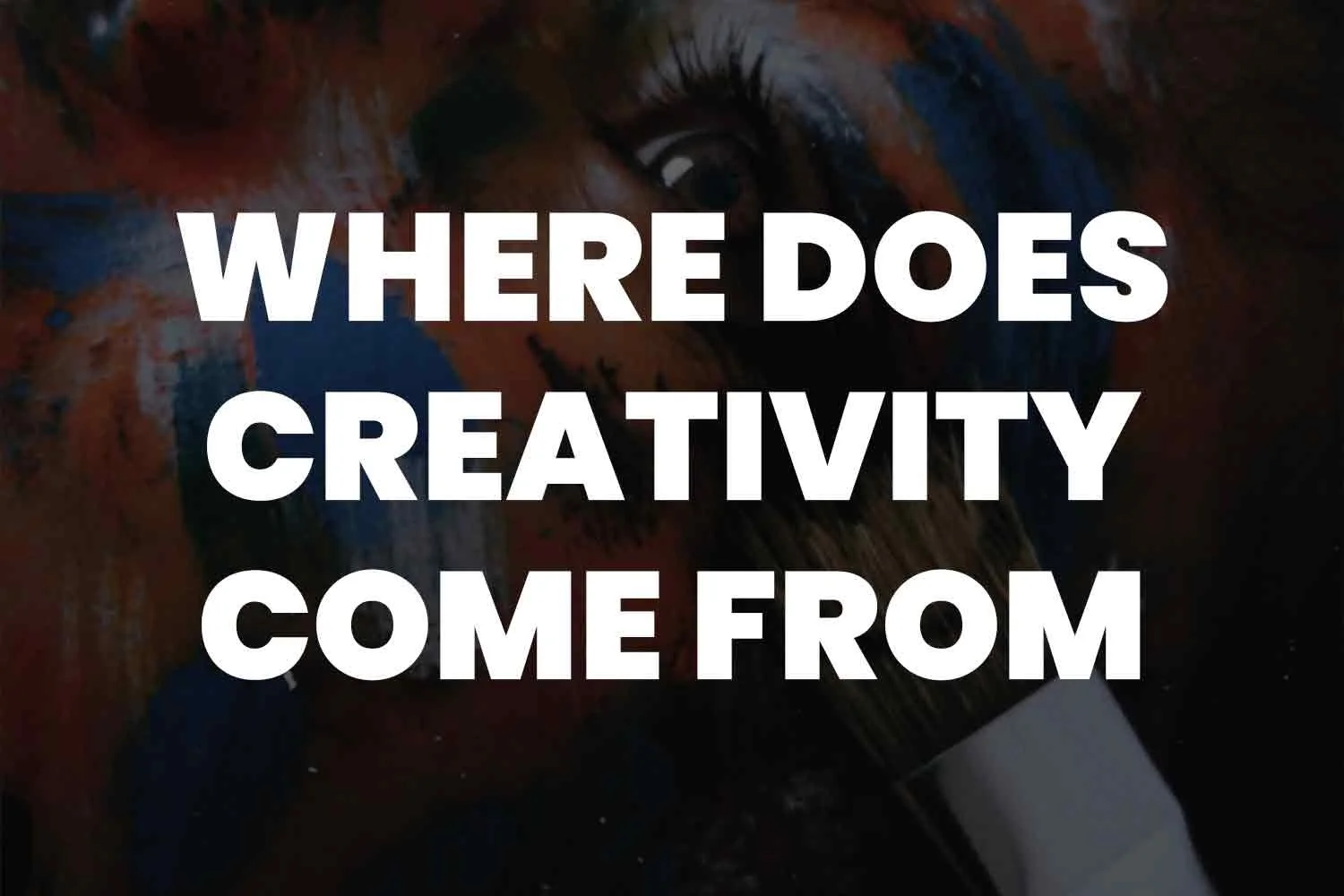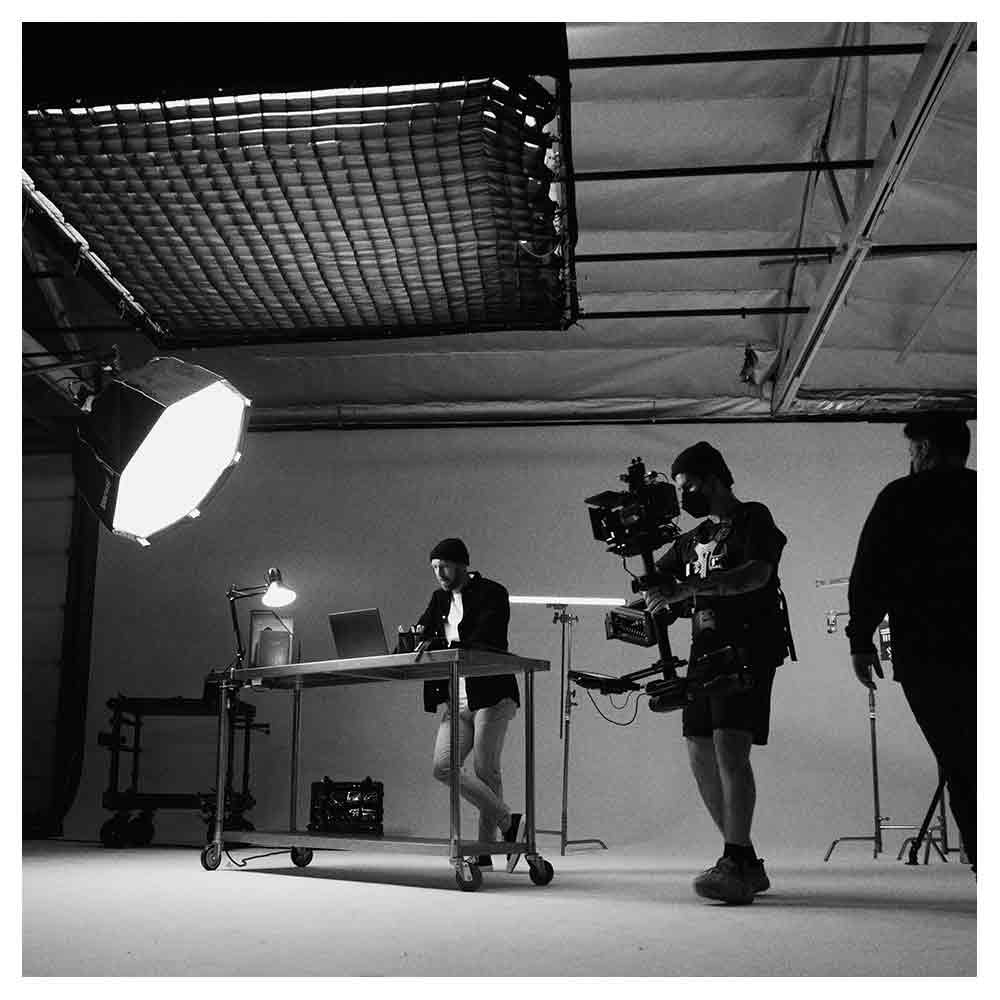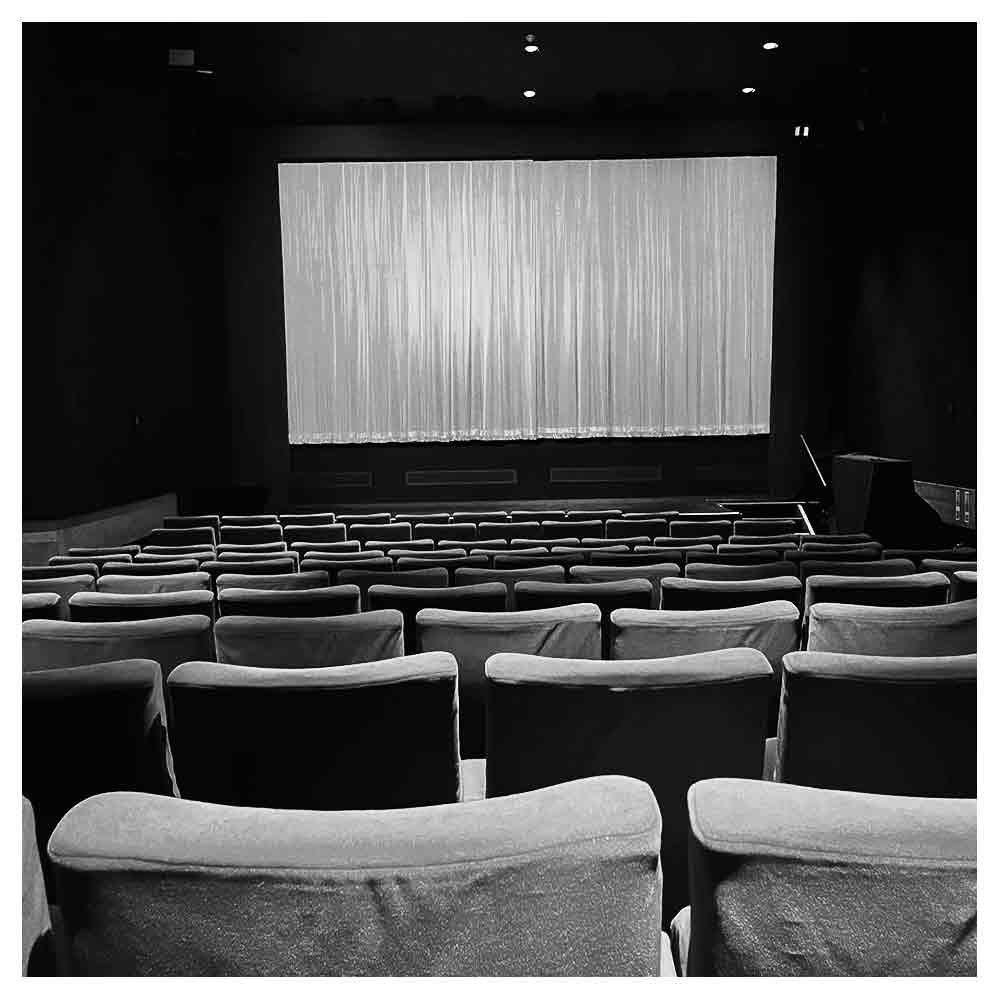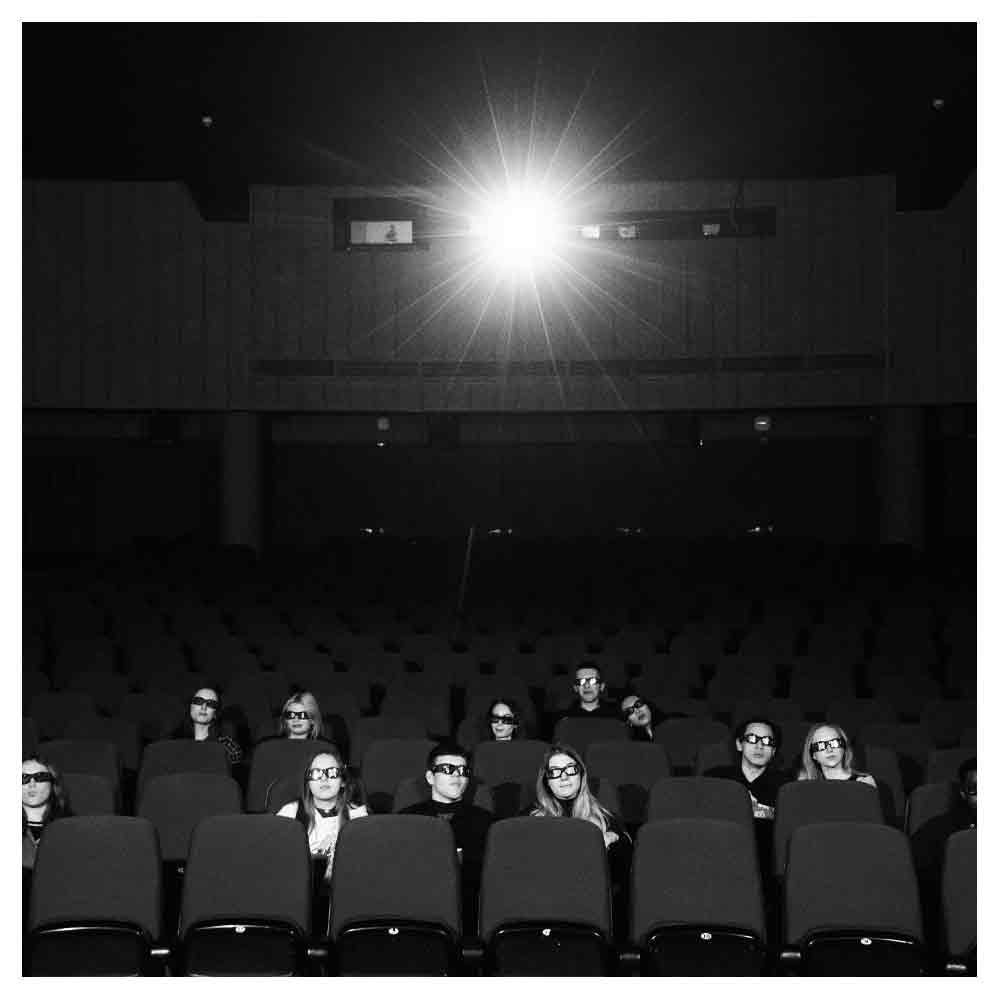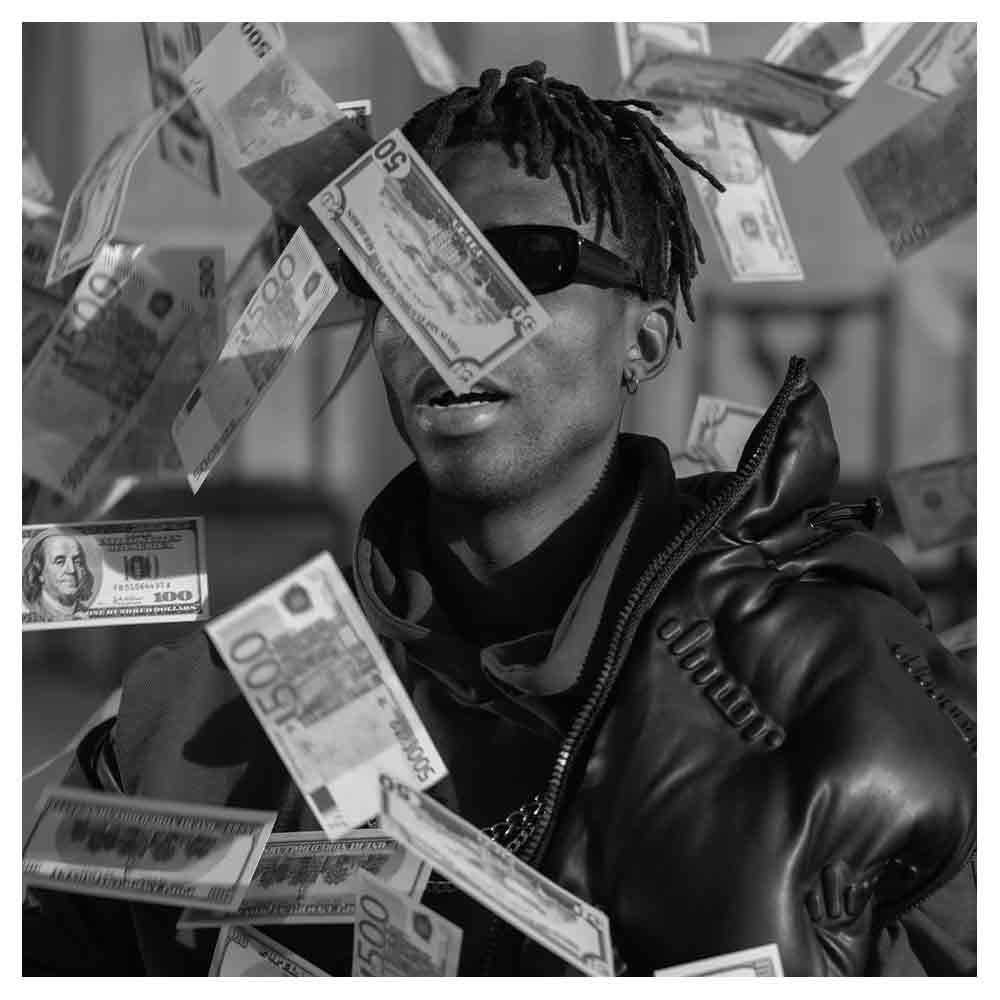Where Does Creativity Come From?
At the heart of every innovative project, be it a beautiful painting or an engrossing novel, lies the question: where does creativity come from? Many of us have been struck by a sudden creative spark, where a seemingly brilliant idea pops into our minds. But what exactly drives this process? Let's dive deep into understanding the creative process and the magic behind it.
The Human Brain: A Masterpiece in Itself
To begin, the roots of creativity can be traced back to the human brain. This intricate organ houses various brain regionsand networks, each playing a pivotal role in how we think, feel, and create.
Brain Activity: The Driving Force
While everyone has moments of creative brilliance, creative people might exhibit distinct patterns of brain activity. According to research from Harvard University, the default mode network and the salience network, especially, play crucial roles in generating creative thoughts.
These networks are responsible for mind wandering, which often gives rise to a person's most creative ideas. Ever had an aha moment while taking a shower or during a leisurely walk? That’s the mind wandering magic at work!
Left Hemisphere vs. Right Hemisphere
Previously, it was believed that the left hemisphere was logical and the right hemisphere was creative. Modern research, however, suggests that creativity involves a complex interplay between the two. It's not just one side doing the heavy lifting.
What Shapes Our Creative Thought?
Several factors shape our creative thinking. Let’s explore them.
1. Experiences and Knowledge
Knowledge and experiences act as a reservoir from which creative ideas are drawn. Think of Thomas Edison. His deep understanding of the sciences coupled with rigorous experimentation led to groundbreaking inventions. Your accumulated experiences, whether from creative hobbies or professional endeavors, play a part.
2. Divergent Thinking
Divergent thinking is the ability to think out of the box and come up with creative solutions to problems. People who excel in this often see numerous potential answers to a single question.
3. Self-expression
Creativity is deeply tied to self-expression. The art we create, the words we pen down in creative writing, all stem from our innermost feelings, desires, and interpretations of the world around us.
4. Cognitive Abilities
Certain cognitive abilities, such as fluid intelligence, working memory, and attention control, are essential components of creativity. Cognitive neuroscientists have found stronger connections in the brains of more creative people, suggesting different neural pathways.
Birth of Ideas: The Creative Spark
The actual birth of a creative idea is often unpredictable. Inspiration can strike at any moment, from any source.
1. Problem Solving
Some of the best creative ideas arise when we try to solve problems. When faced with a challenge, our brain dives deep into its vast pool of knowledge and experiences, looking for connections and patterns. This process helps produce solutions.
2. Imagination: A Catalyst
Imagination fuels the creative process. When you imagine new scenarios or novel situations, your brain gets to work, trying to make sense of them and possibly coming up with even more ideas.
3. External Influences
External stimuli, like reading a book, engaging in a stimulating conversation, or even just observing nature, can offer fresh perspectives and kickstart the creative process.
Bursting the Myth: Are Some People Just Born Creative?
It's a common misconception that creativity is innate. While genetics plays a role, creativity originates from a combination of human abilities, environment, and personal experiences. In fact, everyone is, in sense, also an artist. It might sound familiar: as children, weren’t we all artists, unafraid to draw, sing, or dance?
Previous studies from Drexel University have shown that engaging in creative activities regularly can enhance one’s creative abilities. It’s like a skill – the more you practice, the better you get.
Enhancing Creativity: How Can We Be More Creative?
With new methods emerging from research, there are ways to stimulate and enhance creativity.
Focus on tasks that you're passionate about. Passion often drives creative energy.
Surround yourself with diverse experiences. Travel, read, engage with different cultures, and learn constantly.
Engage in activities that promote mind wandering – like long walks, meditation, or even daydreaming.
Collaboration often breeds creative solutions. Bounce your ideas off others, collaborate, and co-create.
Wrapping Up: Creativity in All Its Glory
Creativity is not just about producing art or coming up with a creative idea; it's about the relationship between creation and life itself. It's how we explain the world to ourselves, how we interpret our emotions, and how we add meaning to our existence.
In conclusion, every person has the capacity to be creative. It’s all about tapping into that intrinsic creative spark, nurturing it, and letting it shine brightly. So, the next time you wonder, “Where does creativity come from?”, remember – it’s a beautiful dance between your brain, experiences, and the limitless world of possibilities.
